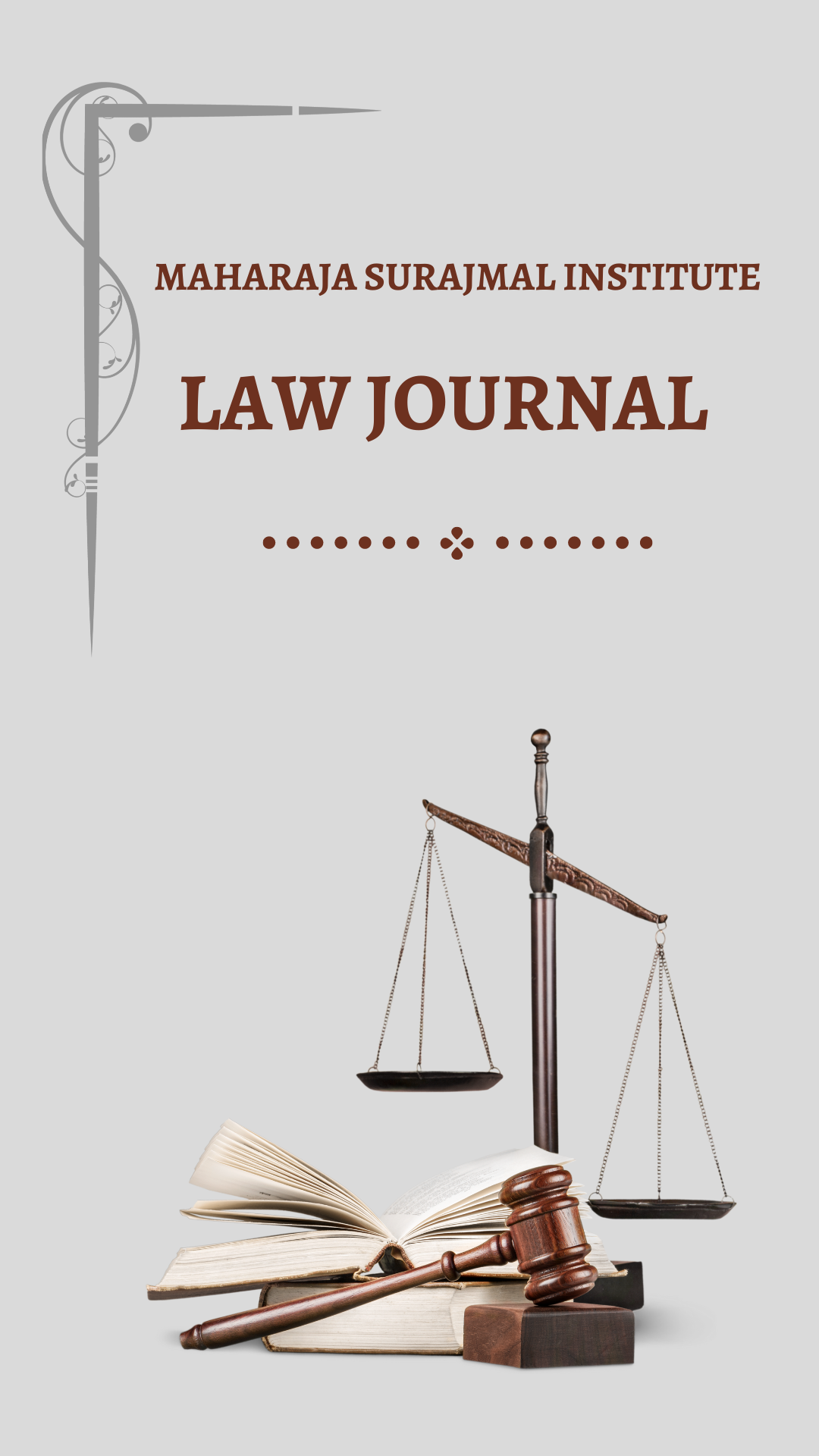Global Abortion Trends: Examining the Legal, Ethical, and Social Dimensions in India and the USA
DOI:
https://doi.org/10.48165/msilj.2024.1.2.4Keywords:
abortion, rights, women, fetus, termination, pregnancy, law, India, USAAbstract
Managing legal regulations in society is crucial for overseeing various medical and ethical practices, particularly when addressing complex and sensitive issues such as abortion. Abortion remains one of the most widely debated and controversial topics worldwide, as it involves moral, legal, medical, and social dimensions. Different countries adopt varying policies and regulations regarding abortion, influenced by cultural beliefs, religious principles, political ideologies, and public health considerations. Ensuring privacy and protecting women's reproductive rights is essential, as the ability to make autonomous decisions about pregnancy and childbirth is a fundamental aspect of human rights and gender equality.Governments across the world approach abortion with differing legal frameworks—some nations permit abortion on demand, while others impose severe restrictions or even criminalize the procedure entirely. While India and USA recognize the necessity of abortion under specific circumstances, their policy approaches and accessibility differ significantly. In the United States, abortion laws have undergone major transformations, particularly after the overturning of Roe v. Wade in 2022, leading to state-specific variations in abortion access. In contrast, India’s Medical Termination of Pregnancy (MTP) Act governs abortion, allowing it under specific medical and social conditions but not as an absolute right.The primary objective of this research paper is to compare abortion rates in the USA and India. Government policies in the US and India adopt different strategies to regulate abortion rates and promote women's development. This research paper highlights the serious ness of abortion and the major reasons behind it in these regions. Abortion remains a highly sensitive and multifaceted issue, requiring legal clar ity, healthcare reforms, and social acceptance. Both India and the USA face distinct yet interrelated challenges in addressing abortion laws and accessibility. While India’s abortion laws are progressive in certain aspects, societal attitudes and lack of medical




